To provide the best experiences, we use technologies like cookies to store and/or access device information. Consenting to these technologies will allow us to process data such as browsing behaviour or unique IDs on this site. Not consenting or withdrawing consent, may adversely affect certain features and functions.
The technical storage or access is strictly necessary for the legitimate purpose of enabling the use of a specific service explicitly requested by the subscriber or user, or for the sole purpose of carrying out the transmission of a communication over an electronic communications network.
The technical storage or access is necessary for the legitimate purpose of storing preferences that are not requested by the subscriber or user.
The technical storage or access that is used exclusively for statistical purposes.
The technical storage or access that is used exclusively for anonymous statistical purposes. Without a subpoena, voluntary compliance on the part of your Internet Service Provider, or additional records from a third party, information stored or retrieved for this purpose alone cannot usually be used to identify you.
The technical storage or access is required to create user profiles to send advertising, or to track the user on a website or across several websites for similar marketing purposes.
 According to research, nearly 8 out of 10 menopausal women are in work, at a time when many are likely to move into top leadership positions. Despite the challenges and difficulties faced by those experiencing menopause in the workplace, it remains largely invisible, undiscussed, and unsupported. That’s why it’s important for businesses create menopause-friendly workplaces using the principles of behavioural science and health psychology. More →
According to research, nearly 8 out of 10 menopausal women are in work, at a time when many are likely to move into top leadership positions. Despite the challenges and difficulties faced by those experiencing menopause in the workplace, it remains largely invisible, undiscussed, and unsupported. That’s why it’s important for businesses create menopause-friendly workplaces using the principles of behavioural science and health psychology. More →







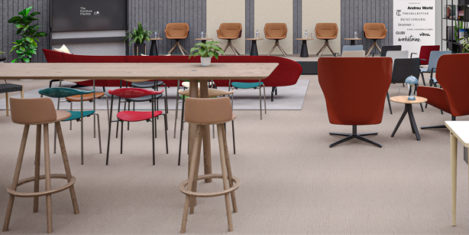
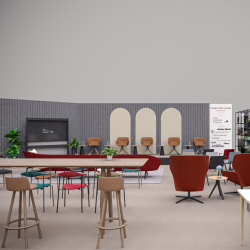 In just two weeks, the much-anticipated
In just two weeks, the much-anticipated 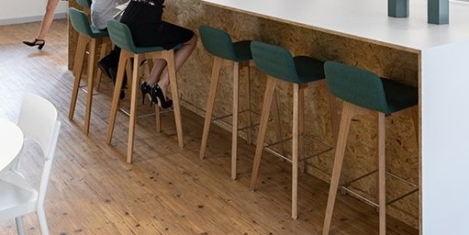
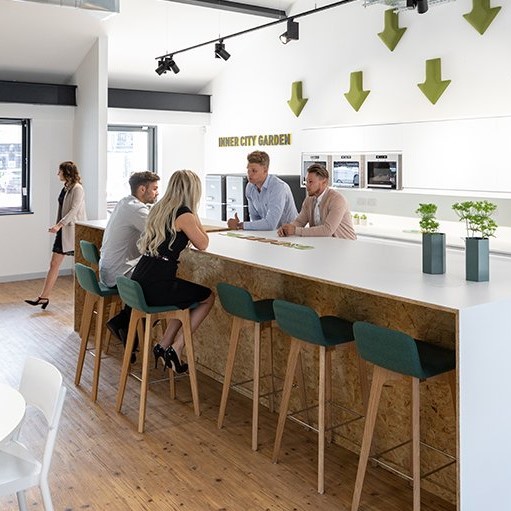 Employee experience has never been so high on the corporate agenda; with recent figures finding
Employee experience has never been so high on the corporate agenda; with recent figures finding 
 Nearly 60 percent of HR leaders reported that building critical skills and competencies will be their number one priority in 2022, according to a survey by
Nearly 60 percent of HR leaders reported that building critical skills and competencies will be their number one priority in 2022, according to a survey by 
 Millions of British workers face uncertainty as a snapshot of the nation’s work practices claims that one in five employees are unsure whether they’ll be expected to work remotely, onsite, or a mix of both in the future. Without having a clear decision from their employer, some employees are unsure about their organisations’ return-to-office plans.
Millions of British workers face uncertainty as a snapshot of the nation’s work practices claims that one in five employees are unsure whether they’ll be expected to work remotely, onsite, or a mix of both in the future. Without having a clear decision from their employer, some employees are unsure about their organisations’ return-to-office plans. 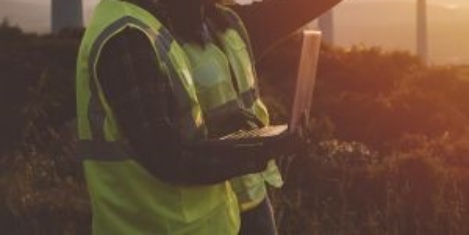
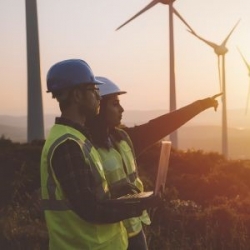 A new
A new 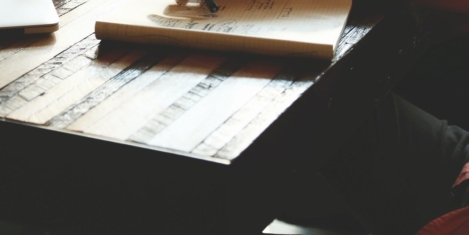
 Results from
Results from 
 Ahead of the Comprehensive Spending Review on 27th October, the
Ahead of the Comprehensive Spending Review on 27th October, the 
 Two in five employees across the UK have experienced problematic behaviour, such as bullying, harassment or discrimination at work; with 42 percent confirming toxic workplace culture has impacted their mental health, according to recent research from
Two in five employees across the UK have experienced problematic behaviour, such as bullying, harassment or discrimination at work; with 42 percent confirming toxic workplace culture has impacted their mental health, according to recent research from 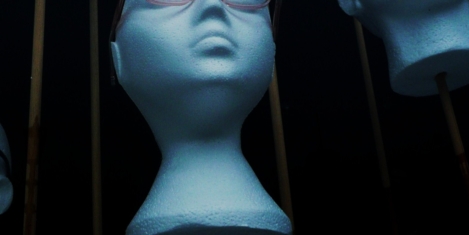
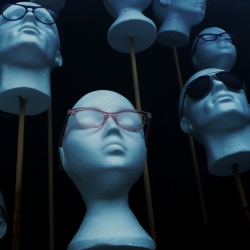 In 2008, the philosopher and ecologist
In 2008, the philosopher and ecologist 









October 27, 2021
Hybrid working: too few companies are making the workplace changes they need
by Tony Antoniou • Comment, Flexible working, Workplace design